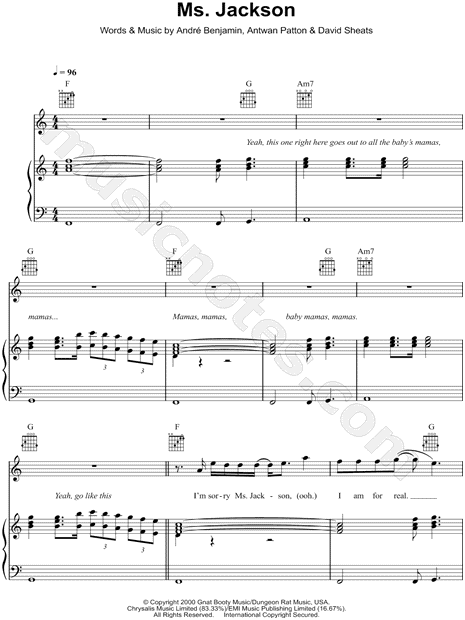
- #OUTKAST STANKONIA INTRO TEXT TO SPEECH MAC MAC OS X#
- #OUTKAST STANKONIA INTRO TEXT TO SPEECH MAC PRO#
- #OUTKAST STANKONIA INTRO TEXT TO SPEECH MAC DOWNLOAD#
#OUTKAST STANKONIA INTRO TEXT TO SPEECH MAC MAC OS X#
From Mac OS X 10.7 to Mac OS X 10.10, a new implementation of the feature required software developers to implement a speech synthesis API into their applications.

From Mac OS X 10.1 to Mac OS X 10.6, the feature would copy the selected text to the clipboard and read it from there. The Speak selected text when key is pressed feature allows selected text from any application to be read via a key combination. English and other English accents, as well as 21 other languages. With Mac OS X 10.7 Lion, voices are available in additional U.S. Its size was almost 20 times greater, because of the higher-quality diphone samples used.Ī new, much more natural-sounding voice, called "Alex" has been added to the Mac text-to-speech roster with the release of Mac OS X 10.5 Leopard.

The Victoria voice was enhanced significantly in Mac OS X v10.3, and added as Vicki (Victoria was not removed). Text-to-speech has been a part of every Mac OS X (later macOS) version. Each synthesizer supported a different set of voices.
#OUTKAST STANKONIA INTRO TEXT TO SPEECH MAC PRO#
MacinTalk 3 required a 0 processor and MacinTalk Pro required a 68040 or better and at least 1 MB of RAM. With the increase in computing power that the AV Macs and PowerPC based Macintoshes provided, Apple could afford to increase the quality of the synthesis. These voices as well as their test texts are still in Mac OS X today. No, I mean a real frog!", "We must rejoice in this morbid voice" (a parody of Western church hymnody with organ music), or "The light you see at the end of the tunnel is the headlamp of a fast approaching train". Others would say funny things, like "I sure like being inside this fancy computer", "I have a frog in my throat. Some would just say their name, language and the version of MacinTalk they were introduced with. Apart from the standard adult voices "Ralph", "Fred" and "Kathy", and children's voices like "Princess" and "Junior", various novelty voices were included, like "Whisper", "Zarvox" (a robotic voice with melodic background sounds, with a similar voice called "Trinoids" also included), "Cellos" (a voice that sang its text to an Edvard Grieg tune, otherwise known as Hall of the Mountain King, with similarly singing voices like "Good News", "Bad News", "Pipe Organ"), "Albert" (a hoarse-sounding voice), "Bells", "Boing", "Bubbles", and others.Įach of these voices came with its own example text, that would be spoken when one hit the "Test" button in the Speech control panel. MacinTalk 3 introduced a great variety of voices. It remained the recommended version for slower machines even after the release of MacinTalk 3 and Pro. It supports any Macintosh running System Software 6.0.7 or later. Hughes and Marvin voicesĮventually, Apple released a supported speech synthesis system, called MacinTalk 2.

Input to the synthesizer can be controlled explicitly using a special phoneme alphabet. The volume, pitch and rate of the speech can be configured as well, allowing for singing. There are various control sequences that can be used to fine-tune the intonation and rhythm.
#OUTKAST STANKONIA INTRO TEXT TO SPEECH MAC DOWNLOAD#
American English and Spanish versions have been available, but since the advent of Mac OS X, Apple has shipped only American English voices, relying on third-party suppliers such as Acapela Group to supply voices for other languages (in OS X 10.7, Apple licensed a lot of third-party voices and made them available for download within the Speech control panel).Īn application programming interface known as the Speech Manager enables third-party developers to use speech synthesis in their applications. Compared to other methods of synthesizing speech, it is not very resource-intensive, but limits how natural the speech synthesis can be. Software Speech synthesis Technology Īpple's text-to-speech uses diphones.


 0 kommentar(er)
0 kommentar(er)
